Jewelry artist Christina Malle on transparency and responsibility in the industry
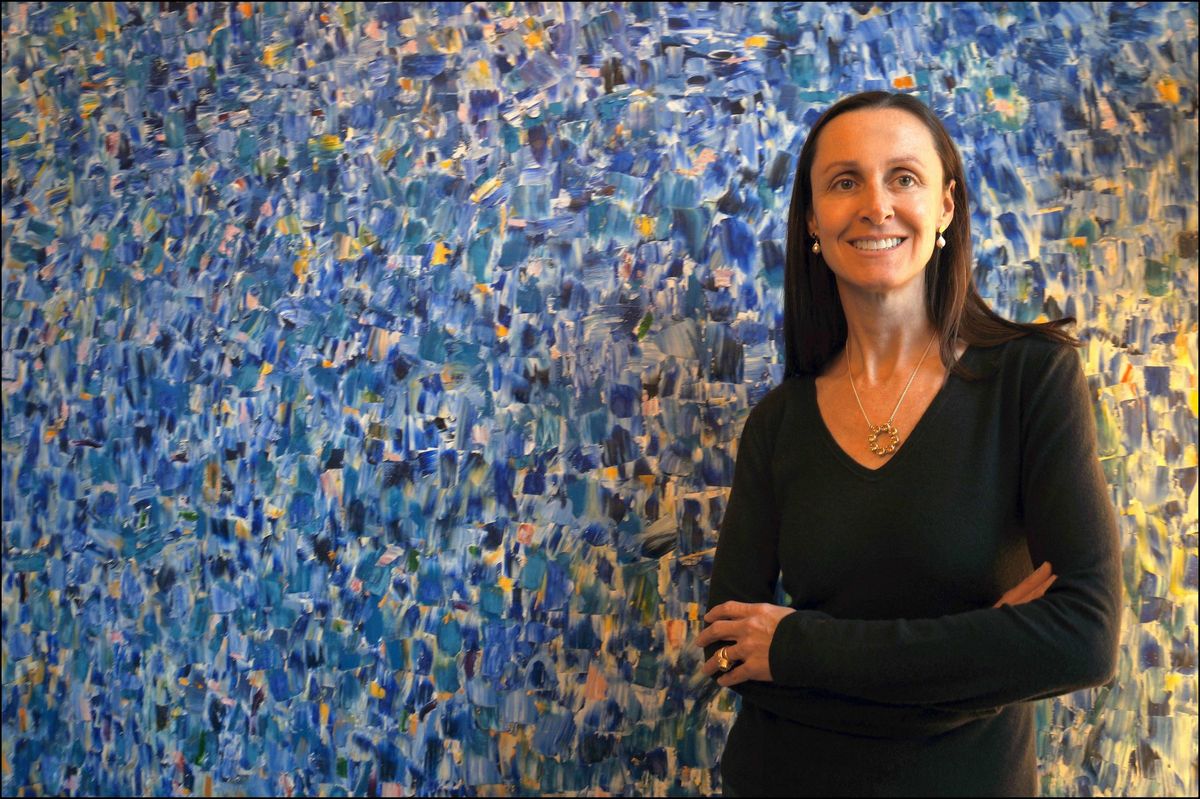
A few minutes every morning is all you need.
Stay up to date on the world's Headlines and Human Stories. It's fun, it's factual, it's fluff-free.
Jewelry is a good loaded with cultural, economic and historical significance. Since the Agricultural Revolution, jewelry crafting has transcended geographical and cultural boundaries, with civilizations everywhere each developing their own unique approaches to design, metalwork and use of gemstones.
In the ancient world, jewelry was often a form of protection or a sign of rank or status. Today, jewelry and accessories continue to express a magnitude of cultural relevance. Different stones, symbols, and approaches to design and craft are associated with specific traditions, regions, and peoples, just like other forms of art and apparel.
Lamentably, the aesthetic celebration of culture is not jewelry’s only legacy. While pretty much every major contemporary industry embraces the globalization of production and commerce, transparency for consumers is often lacking. This is true in certain fields more than others, but it has become an imminent issue in jewelry production and distribution. In fact, the modern jewelry industry has been added to the conversation on the problematic cycle of fast fashion.
Consumers nowadays are becoming more aware of the environmental and social issues in metal and stone mining, mineral refinery and waste management. As more information comes to light, the demand for responsible and ethical designers and brands increases. This demand opens up space for exciting developments in jewelry and for independent creators to seek out more ethical production methods.
One such creator is independent jewelry designer Christina Malle. TMS caught up with Malle to delve deeper into the issues surrounding modern jewelry practices, as well as the shifting industry and her own line of ethically sourced and designed jewelry.
From human rights to responsible jewelry
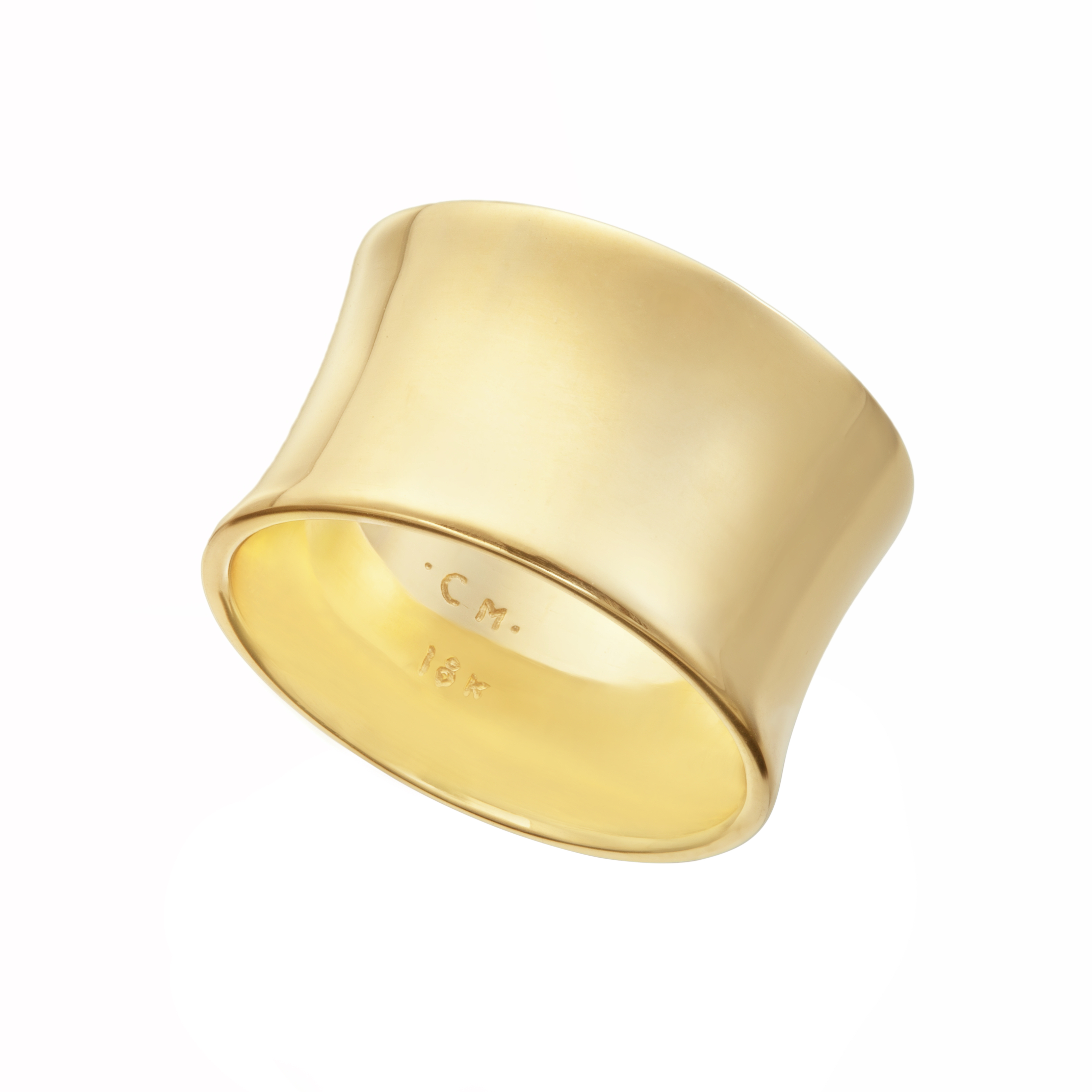
Malle worked as a human rights attorney before branching out into jewelry design. This might seem like an unusual career transition, but her background in human rights has influenced how she approaches designing jewelry.
“I used to be a human rights attorney. And now I’m a goldsmith, gemologist and jeweler,” says Malle. “So I know that’s not your typical career path. I loved my asylum work, but there was just so much sadness. So I started goldsmithing, really, to see what that was like. And a bit as a catharsis. And one thing led to another.
“I became an apprentice – a little bit of an old-fashioned way to learn a trade – and then became a gemologist through the GIA, and little by little turned this into a business.”
Malle started her jewelry business in 2007, and she’s passionate about all of its avenues – even when it comes down to terminology and classifications.
“I kind of think of myself as an artist, but the industry calls people like me an ‘independent designer,’” explains Malle.
“I never thought these two worlds would come together, I saw them as quite separate when I started. But luckily, I think because of so many young people insisting on a better way to treat planet Earth and one another, I think that has a lot to do with the industry shift and how it sees human rights concerns but also environmental concerns – pollution, climate impact – and that those are now very mainstream topics in the jewelry industry.”
As the industry continues to shine more light on the issues of production and ethics, Malle has found her own approach to critically considering the impact of her art.
“A lot of it had to do with just wondering and asking questions about where is the gold from?” says Malle. “Or, where are the pearls from? How do we know? What were the impacts on the ground at the point of origin but also along the supply chain?”
Malle points out that sourcing and mining aren’t the only parts of jewelry production that consumers should consider if responsibility and ethical consumption are a priority.
“Cutting and processing are also a big deal,” she explains. “How are people being treated? What’s the impact [on] people and planet? And those seem like really reasonable questions to me. It turns out they’re really complicated.
“But I’m happy to say that there’s some momentum right now in terms of transparency and disclosing some of this, but we have a long way to go. It helps when people ask questions when they step into a store and ask, ‘Where’s it from? And how do we know? And how do I know that my purchase is not causing harm?’”
The process of transparency

Malle’s background in human rights issues and sociopolitical concerns has influenced her to question many areas of the production chain to create the most ethical jewelry pieces possible. She’s active in supporting ethical networks that prioritize transparency.
“In terms of purchasing, I’ve really tried to support the vendors who are disclosing their own supply chains. So, for example, I’m Fairmined certified. There are a bunch of Fairmined certified jewelers in the United States and other points around the world … Fairtrade is more prevalent in Europe, although there is one Fairtrade jeweler in the United States, Reflective Jewelry.
“Both of those systems allow the purchaser to trace back to [the] mine. And the miners are paid fairly. And they are either working without mercury, for example, or mitigating mercury.
“Basically, you don’t have to worry about someone being taken advantage of on the other side of the supply chain … And a lot of miners would like to continue mining, they just would like to be paid fairly and work safely, which seems eminently reasonable.”
So, aside from participating in these ethical networks, how does Malle involve herself from start to finish to ensure her jewelry line is as responsible as possible?
“A big part of my work is, first of all, finding these sources and then helping the other jewelers and the jewelry industry know that these options are out there,” Malle explains. “Colored gemstones are really challenging … a lot of [markets] are artisanal, meaning working with hands and limited tools. This is not large-scale mechanization.”
Malle’s jewelry line incorporates gemstones from transparent suppliers like Anza Gems, Gem Legacy and Columbia Gem House.
“There’s a lot of tracing, tracking, and it lets you know about the source so that you feel more comfortable with what you’re buying,” she says. “At least you know what you’re buying. Whereas, traditionally, in the jewelry world, people are just matching for color and cut and size. And there’s nothing wrong with that. It’s just that there’s a big chunk missing.”
Malle’s dedication to reducing harm within the jewelry industry has recently been recognized by Pure Earth, a non-profit organization focusing on pollution in low and middle-income countries. Malle is one of this year’s Force of Nature Award recipients, alongside two other women, Carol M. Browner and Dr. Netzy Peralta.
“I’m so excited and just really delighted to share that award,” Malle gushes. “Carol Browner was head of the EPA for many years under the Obama administration. She’s really amazing. And that’s Dr. Nancy Peralta, who is working on getting lead out of the hands of artisanal ceramicists in Mexico. These two women are really torchbearers.”
Malle points out that there are a lot of nuanced aspects of the jewelry industry that may not initially come to mind when talking about responsible production, and there’s a huge environmental impact to consider.
“The issues of mercury and lead – all kinds of pollutants, but those two in particular – really affect women and young children, especially. So there might be mercury pollution that originates from a gold miner in Brazil, but since mercury is an element and never dissipates, even if it enters the biosphere at one corner of our planet, it affects people all over.
“So basically, these are really worldwide problems. And since mercury is a big part of gold-processing (it’s not always a part of gold-processing, but it is a major part), we’ve got to do something about it.”
Addressing larger issues in the jewelry community
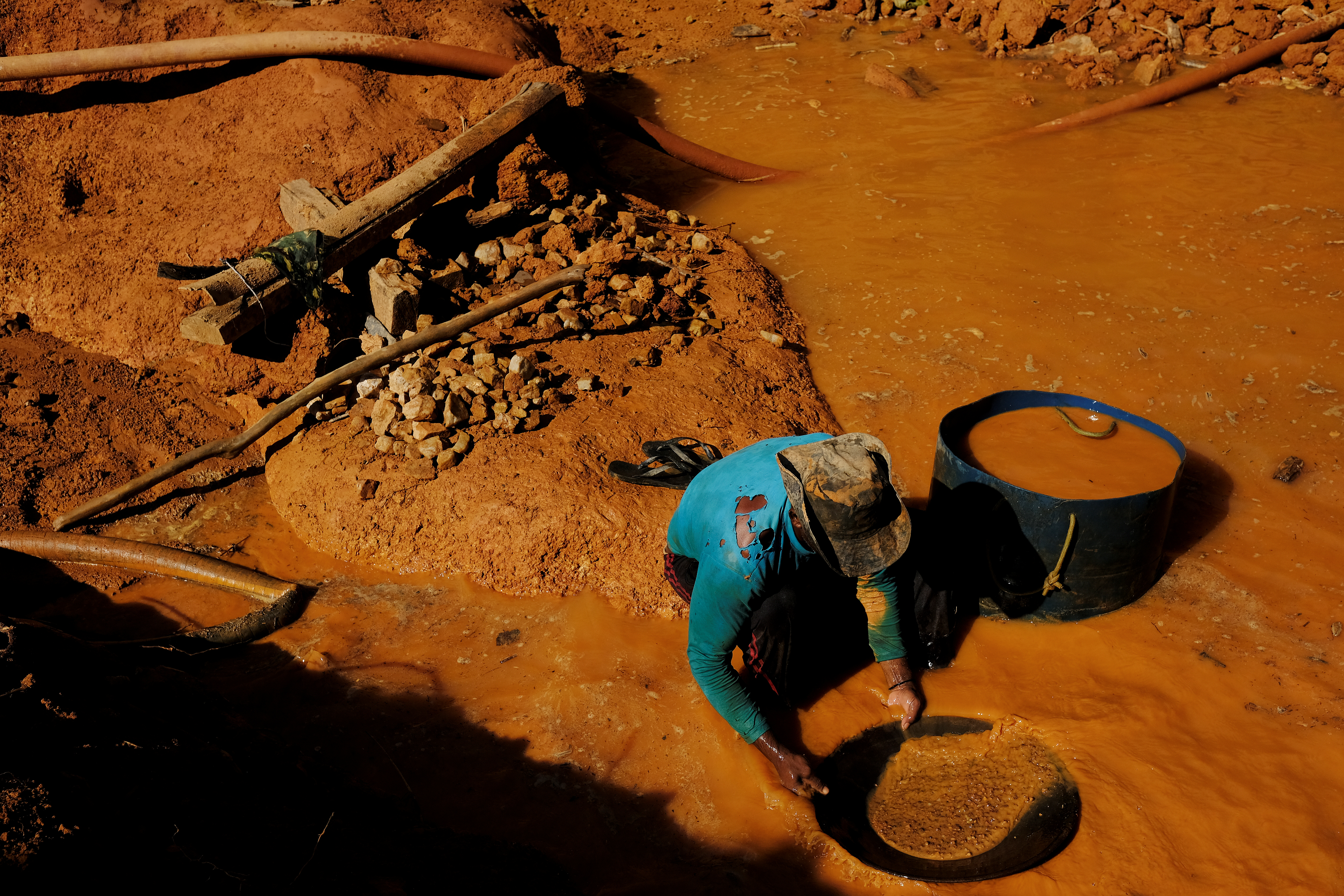
It can be difficult to grasp how comprehensive the issues of people and the planet are within the far reaches of the jewelry industry and why they need to be so fiercely addressed. Moreover, they can be complex to address due to the globalization of the industry and how murky the supply chain can be.
For example, terms like “responsible sourcing” and “sustainable” can hold a lot of unseen significance and intricacies.
“Personally, I would say responsible sourcing means trying to have a positive impact, or you know, neutral, but preferably positive, on people and planet,” Malle says. “And how do we know that?
“Well, the only way to know that – for example, if we’re buying gold or we’re buying a diamond or pearl, it’s really hard to know the impact. It’s amazing to see this – I found it quite surprising when I switched from law to jewelry that even some of our vendors in the jewelry community say that they don’t know. So I don’t want to do business with people who are not going to trace their own supply chain.”
This conscientiousness is a huge part of Malle’s design process, as tracing and transparency in the supply chain is the first step to knowledgeably and reasonably informing your customers about their jewelry pieces.
“Once you know where the point of origin, even if you don’t know down to the mine, if you know country of origin, you can make some pretty solid decisions,” explains Malle.
“I think that climate impact, pollution, mercury pollution is a really big problem in the gold supply chain. So transparency isn’t the complete answer, but that’s such a giant stride forward. And so I think that’s where a lot of the industry in general is moving right now.”
But, many industries often use terms and labels that are misleading or even a kind of greenwashing. Malle is acutely aware – even a bit heated – of this tendency and urges people to make their own educated decisions.
“I really have a hard time with the term ’sustainable jewelry,’” she explains. “And if I hear one more person use that term, I might really blow a fuse. Because we’re talking about extractive industries of finite amounts. So I don’t really understand how jewelry can be ‘sustainable.’
“I understand the shorthand concepts behind it. That’s why myself and a bunch of other people prefer ‘responsible’ or, even better, ‘transparent,’ so people can judge for themselves if they think that’s responsible.
“The thing is that ‘recycled gold’ is another term that I’d like people to really question. And a lot of it has to do with the way finance like the big bullion world works. And their definition of recycled gold is not the commonly understood definition. It’s not necessarily post-consumer use.”
Malle believes that education and being informed are the best way for jewelry buyers to put meaning to these terms.
“So, if a Pandora or if another big brand says, ‘We’re only using recycled gold,’” Malle warns.
“Well, even someone like myself, we use these terms because our gold refiners use these terms. Well, refiners are technically correct … and using the term because they’re basing it off of this London Bullion Market Association (LBMA) term, which is what the big legitimate gold world uses. But it’s not the way we think of ‘recycled.’ It’s not post-consumer recycled.”
Additionally, many ethical jewelers point out that, unlike other recycled materials, recycled gold doesn’t have much of an environmental or humanitarian impact.
Reflective Jewelry explains on their website, “The use of recycled metals is symbolic at best. At worst, it lends credence to the co-opted and patently false idea that these materials are somehow ‘ethical’. It allows a person or company to ‘wash their hands’ of the situation without making any progress whatsoever toward lasting, meaningful change for producer communities.”
Malle also provides information about the sources of her materials so that her customers can be as informed as possible and decide for themselves.
“There are a couple of exceptions … That’s why I put those details on my website. Because if you just have the term ‘recycled’ or just have [the] term ‘sustainable’ or just see the word ‘responsible,’ it’s pretty meaningless. And unless someone’s really sharing the details of how they support that term, I wouldn’t really bank on it.”
Creativity in responsibly sourced jewelry
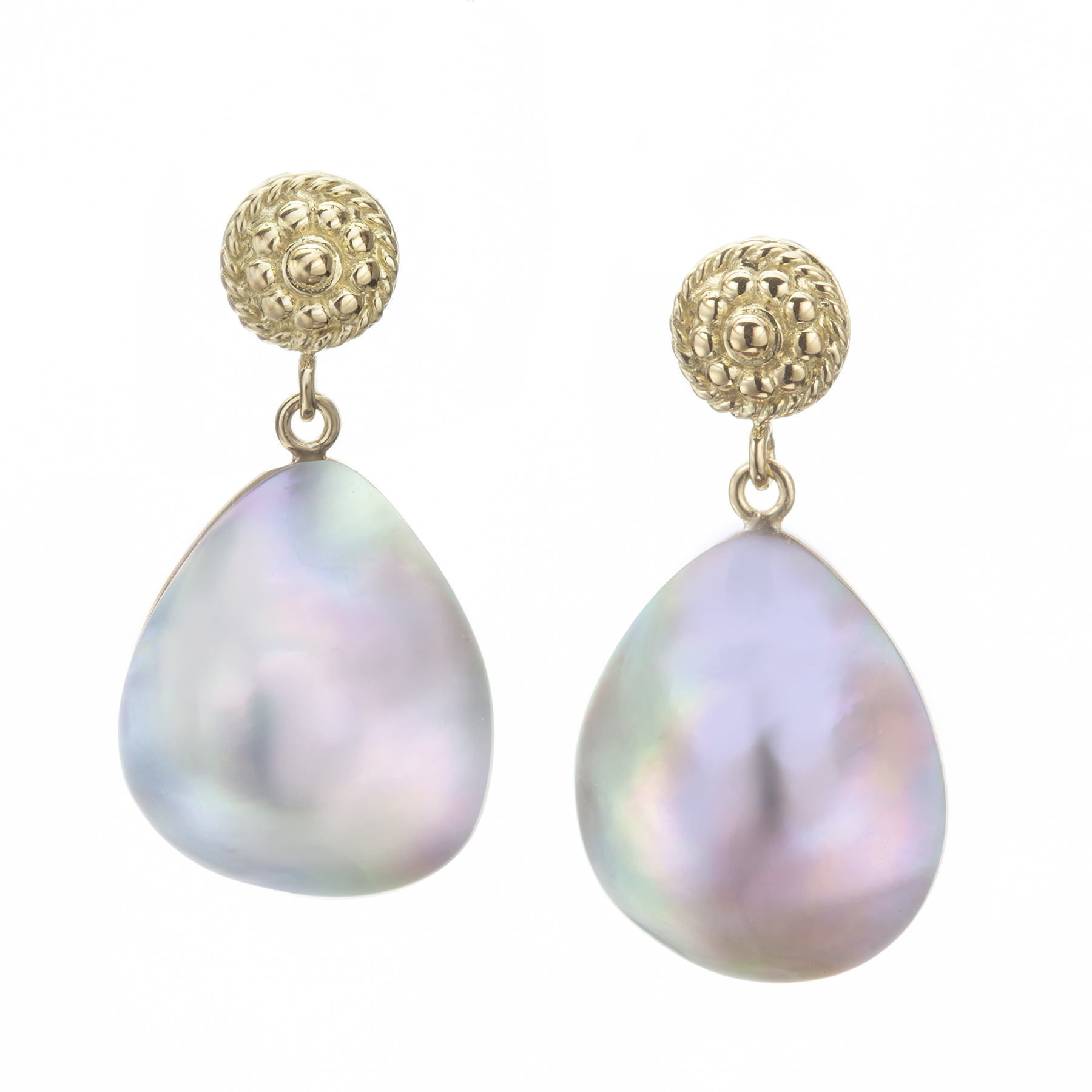
Apart from doing her research and connecting with more transparent and ethical sources for her materials, Malle puts a lot of time and thought into designing each piece. After all, what’s the use of ethical, responsible, transparent jewelry if it hasn’t been crafted to actually look good?
One of Malle’s favorite pieces that she also wears is the South Sea Pearl Necklace, and many of her pieces are inspired by the beauty and wonder of nature.
“A pearl really does require clean water for a beautiful pearl,” says Malle. “And the oysters, at the same time, are helping to filter the water. It’s one of the few symbiotic relationships, maybe the only one I can think of, in jewelry where it’s really in harmony with nature and it doesn’t require cleaning up afterwards. It is clean.”
Her latest collection takes on an elegant and classic aesthetic inspired by nature – while still keeping awareness at the forefront of her process.
“Fairmined has launched a challenge asking 100 designers around the world to create a new collection to raise awareness about Fairmined gold,” says Malle. “So this collection started from that challenge.
“I just thought it would be really lovely to look at the flora, flowers, leaves, so forth, from the mining regions. And right now they are Colombia and Peru for Fairmined gold … So I’ve just been researching what nature looks like in these areas. And the collection is inspired by that.”
Hailing from New York City, Malle also has been inspired by the cultural insights that Manhattan has to offer. “Especially before COVID, I really liked to go to museums, and I know that other people look at other things in art, but I love to see how the accessories are.”
Apart from nature, the city itself can inform much of Malle’s process.
“I was just walking through Central Park today, and there was some ironwork not far from that little boat basin that kids sail their boats in. And the ironwork was so exquisite. So I feel like just being in New York, there are so many visual cues.
“And I think, being close to the 47th Street world, which is the heart of the vendor’s gemstone dealers and diamonds and so forth. There are a lot of different worlds co-inhabiting on that street or on the streets.”
Malle references the Adam Sandler film “Uncut Gems,” which follows a NYC gems dealer and is inspired by the filmmakers’ father’s stories of working in Manhattan’s diamond district.
“Not everyone really has time or patience or interest in talking about sourcing and origin, human rights and environmental impact. But I feel like more and more there are other people who have those concerns in mind. And so that’s actually really exciting about being in New York.”
As industries begin to adapt and change to meet consumer demands, creators like Christina Malle are occupying a niche that’s growing larger. And, with industry insiders like Malle asking these critical questions and prioritizing transparency – just as much as the art – consumers are empowered by choices.
You can check out Malle’s newest collection online and keep up with her awareness efforts by reading her recurring column for The Source.
Is your business doing something cool that you want to show off? Get in touch at hello@themilsource.com

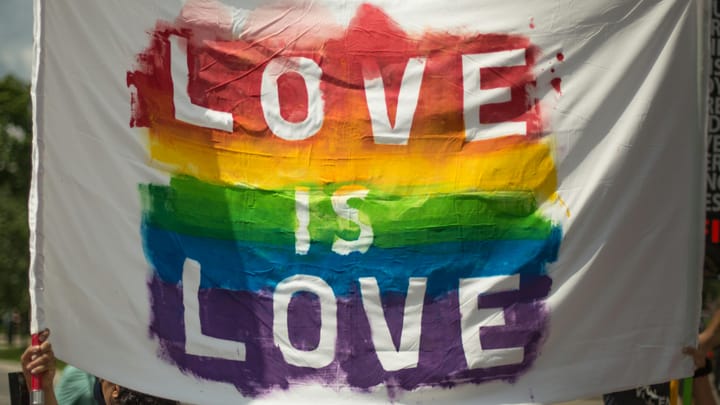
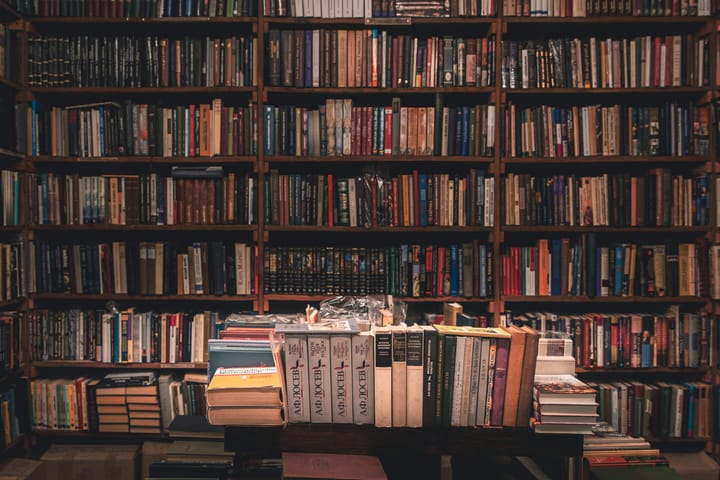

Comments ()